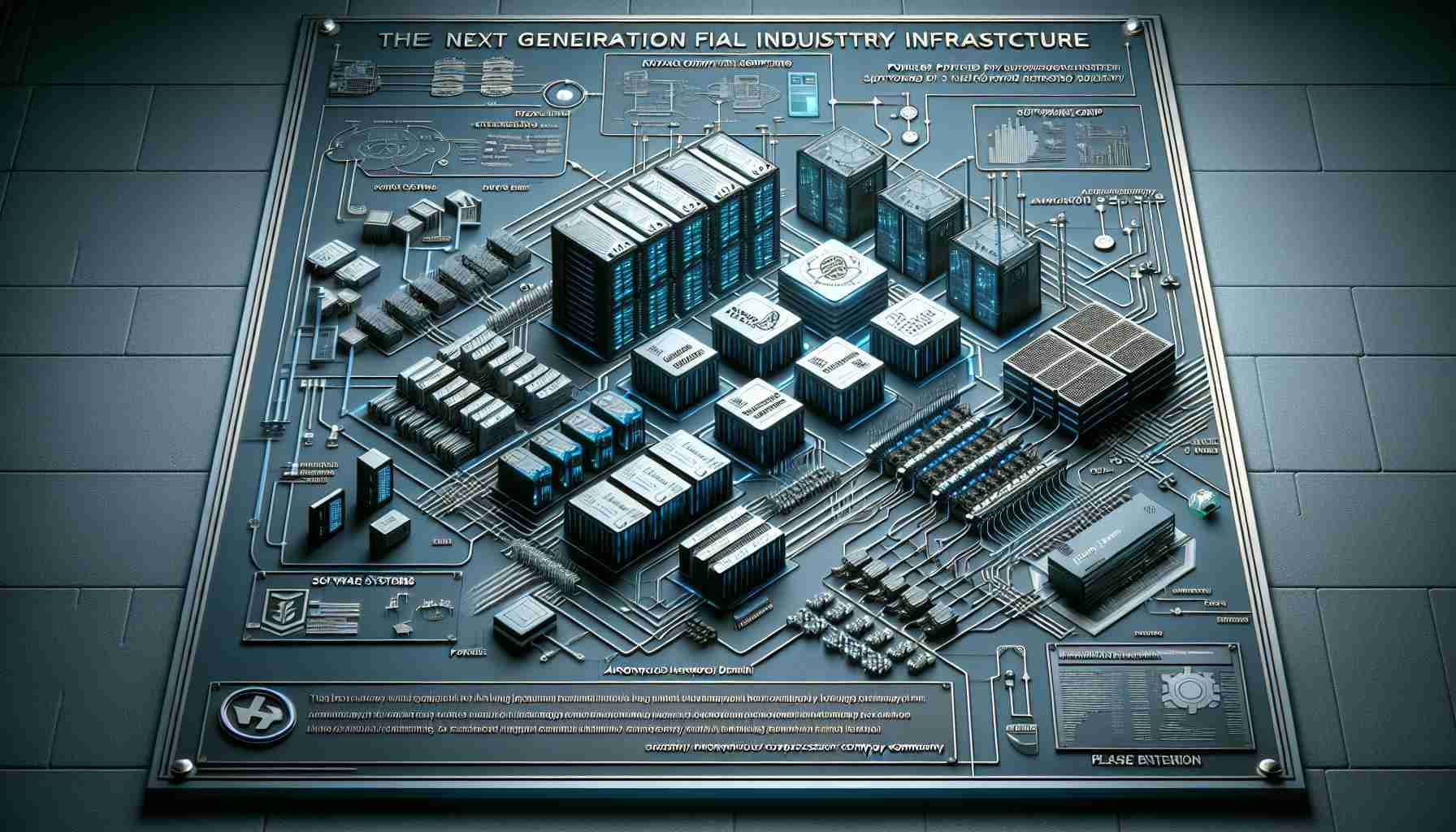Lenovo’s new ThinkSystem SR685a V3 boosts financial sector efficiency. Lenovo has developed a powerful tool specifically for the finance sector to tackle critical operations like fraud detection and identity verification processes. The ThinkSystem SR685a V3 stands out as a powerhouse for high-frequency trading, proactive risk management which includes scrutinizing transactions in real time, issuing credit, and enhancing wealth management and advisory services. Moreover, this system is a boon for streamlining compliance with regulations and aiding in economic forecasting efforts.
Adjacent to the finance-focused offering, Lenovo’s ThinkAgile MX455 V3 Edge Premier Solution targets industry-specific applications such as those in retail, manufacturing, and healthcare. Lenovo’s Open Cloud Automation (LOC-A) software comes into the picture as a game-changer with its promise of minimal-touch setup, enabling quick deployment and consistent support. It ensures cloud-based oversight of extensive hardware deployments and regular, automated updates in software—all screened and certified by both Microsoft and Lenovo for efficient operation.
Rounding out their lineup, Lenovo and AMD announce a versatile multi-node server built for demanding transaction processing. The ThinkSystem SD535 V3 server node, powered by the cutting-edge 4th generation AMD EPYC processor, is created to optimize processing power in a compact form. Initially configured as a single node, the server can be expanded to fit up to four nodes within one chassis. This modular approach, paired with AMD’s specialized cooling and power management, purports to trim power use by nearly one-third when matched with typical 1U rack servers. This makes it an eco-friendlier and cost-efficient option for businesses handling intensive transaction workloads.
Lenovo’s new ThinkSystem SR685a V3 boosts financial sector efficiency. The article discusses Lenovo’s ThinkSystem SR685a V3, designed to enhance operations within the financial sector. This system aids in essential tasks such as fraud detection, identity verification, high-frequency trading, risk management, credit issuance, wealth management, and compliance with regulations. It’s also built for economic forecasting, which is increasingly reliant on sophisticated technology due to the complexity of financial markets.
The collaboration of Lenovo and AMD taps into the financial industry’s need for robust infrastructural support as it undergoes digital transformation. Such systems are essential in enabling the sector to handle the burgeoning volume of transactions resulting from increased online financial activities and algorithmic trading.
Key questions and answers associated with the topic:
– What technologies are powering Lenovo’s new financial industry infrastructure? Lenovo’s ThinkSystem servers are powered by AMD’s 4th generation EPYC processors, which are known for their high performance and efficiency in handling complex workloads.
– How does the Lenovo ThinkSystem SR685a V3 server node improve environmental sustainability? The ThinkSystem SD535 V3 server node uses specialized cooling and power management solutions that reduce power consumption by nearly one-third compared to typical 1U rack servers, making it more eco-friendly.
– Why is infrastructure like the SR685a V3 crucial for the financial industry? As the financial industry becomes more reliant on data processing and real-time analytics, infrastructure like the SR685a V3 is critical for executing these tasks efficiently and securely.
Key challenges or controversies:
One challenge in the financial industry is ensuring data security and protection against cyber threats. High performance systems like the ThinkSystem SR685a V3 must have robust cybersecurity measures in place to protect sensitive financial data. Compliance with strict regulations is also a significant concern, as financial institutions must navigate a complex landscape of international, federal, and state laws.
Advantages and disadvantages:
Advantages of Lenovo’s ThinkSystem offerings include increased processing power, faster transaction handling, real-time analytics capabilities, scalability, and energy efficiency, which could lower operating costs for financial institutions.
Disadvantages may involve the cost of adoption, as new infrastructure can be expensive to implement. Additionally, the transition to new systems may require significant changes in IT departments, including retraining staff and updating operational workflows.
To learn more about Lenovo’s offerings in this area, visit their main website at: Lenovo. For more on AMD’s processors, their main website is: AMD.
Please note that each of these domains should be verified individually to ensure they are current and link to the correct company’s site. Make sure you conduct proper due diligence before visiting any web address.
